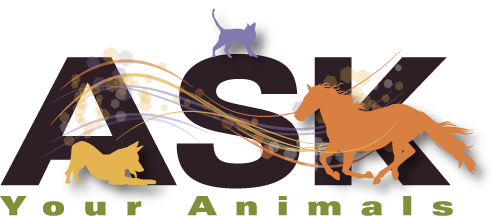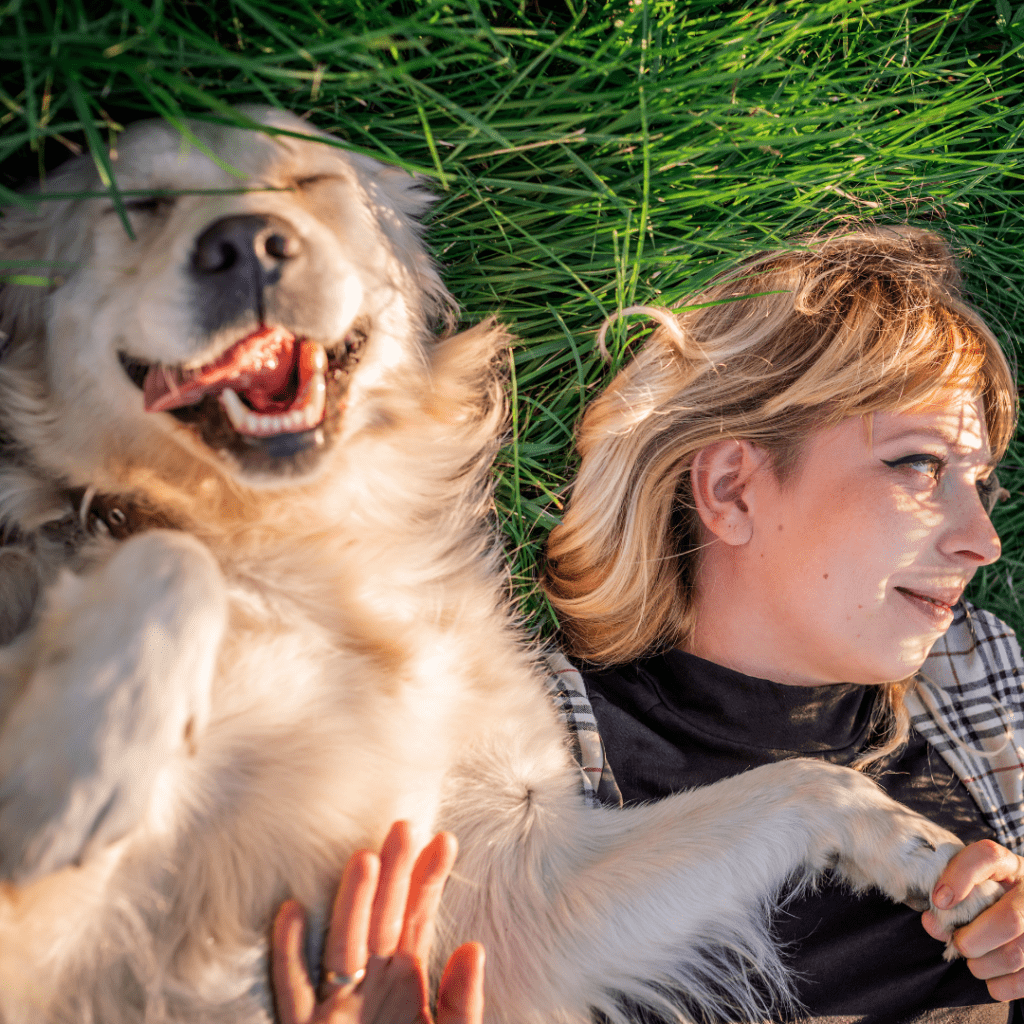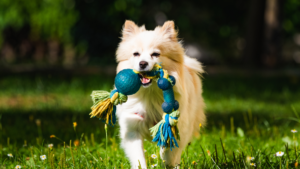The day has finally come when you bring your newly adopted animal rescue into your household. The process of creating a quality of life for your new rescue will be a day-to-day activity at first. For most pets, the basic elements that makeup “quality of life” are – sufficient food and water, protection from danger and extreme weather, companionship, occupation, sensory stimulation, and clearly defined boundaries and expectations. In order to create a good quality of life once you get your animal rescue, we’ve included some useful information to consider.
Your First Days with Your Animal Rescue
In the first days together, try to keep things simple. Moving out of a shelter and into a whole new world can be overwhelming for most pets. Think of your pet as an alien that has just landed from an unknown world. Introduce them gently to their new world.
Create Small Boundaries
Keep their boundaries small and their schedule relaxed. Pets don’t actually realize at first that they have landed in a new, permanent home. They may need days just to rest after the stress of the shelter.
Allow Exploration
Allow them all the time they need to explore and learn about your home and all the members of your family.
- Keep socialization to a minimum in the first few days until your pet settles in.
- Many newly adopted pets go missing in the first few days due to fear and confusion. Allow them to settle in, relax, and bond.
Keep the Same Diet
Start out feeding them the same diet they received at the rescue. Make dietary changes gradually and watch for any signs of distress such as vomiting, diarrhea, or itching.
Try out commands
If you have adopted a dog, try out different commands. Find out how much they have already learned.
As Time Progresses with Your Animal Rescue
Show them Boundaries
Practice leash walking and show them the boundaries of their property. A happy pet is one that knows where the boundaries lie and what the rules are that they are expected to follow.
Consider Their History
Keep in mind that your adopted pet has come to you with a history. They may already have developed likes and dislikes for toys, activities, food, and friends. Depending on your pet’s age, these are things that you may or may not be able to modify. Allow them the opportunity to express their preferences and then work with them to compromise when needed to suit your lifestyle.
- If your dog is a “chewer”, provide plenty of things that they ARE allowed to chew on so they don’t get into trouble chewing on your furniture. Most pets do not adapt well when told, “It’s my way or the highway.”
Learn Triggers
Discover the “triggers” that your animal rescue has brought with them from their previous experiences. These may be ‘fear’ triggers such as fear of thunderstorms or “aggression” triggers such as aggression towards other male dogs. Some pets even have “over-excitement” triggers that cause them to lose their minds when the doorbell rings. Create an environment that limits these triggers and/or consult an experienced trainer to help you and your pet overcome their past behavior triggers.
Sleeping Spots
Allow your pet the option of a few sleeping spots in your home. Pets are happier if they can choose “their” spot. Some may choose the center of activity under the kitchen table while others want the protection of a snug, dark corner. Let them tell you where they fit best.
Set Expectations
Gently help your new pet to understand what expectations you have for them. Help them to define a role for themselves where they can fit nicely into your household. Some pets fit best as “gentle, quiet companions”, “household guardians”, “playmates”, “exercise partners”, or even “goofy clowns”. I find that pets generally want to fit in. Helping them to define a role that suits their personality offers more chances for positive feedback and a fulfilling place in your family. Asking a guard dog to be a couch potato just leaves everyone stressed and uncomfortable.
Match Energy
Match your pet’s activity level to their energy level. This will change throughout their lives. Discover the activities that your pet enjoys and share these together. A high-energy pet forced to live a sedentary lifestyle will not experience a high quality of life.
Enrich Their Environment
Provide environmental enrichment. No matter what type of pet you have chosen, environmental enrichment is a top priority in providing quality of life. Discover what types of toys and activities provide sensory stimulation and create curiosity for your unique pet. When animals are asked to live inside your home it is critical to create an environment for them that stimulates their brains and their sensory responses. In my home, I have created a climbing wall for my cat. He has a variety of cat trees to climb and scratch on. He has bird feeders to watch out the window and food puzzles to engage his sense of smell and his appetite along with plenty of small toys to hunt. Challenge yourself to provide experiences for your pet that feed all of his senses. Adding new toys and retiring old, stale ones is also key to keeping your pets engaged.
Pay Attention
Become familiar with your pet’s usual routine and behavior so that you can easily notice when things are not going well. Noticing subtle changes is the key to catching health and behavior issues before they become unmanageable.
Give Your Pet the Activity It Needs
Boredom and loneliness can quickly send a pet into depression or undesired behavior. Is your new pet naturally a loner or a party animal? Create playdates or other opportunities for your pet to socialize within their natural comfort zone. Forcing a shy dog to spend the day at the dog park is only asking for trouble.
In closing, the true key to creating a quality of life for your pet is to consider what they would ask for based on their individual species and personality. Do not treat them like a human, provide what they want, not what you want. If you have doubts about their needs or questions you would like to ask, an animal communication consultation may be just what you need to create a quality, lasting relationship with your rescued pet.



